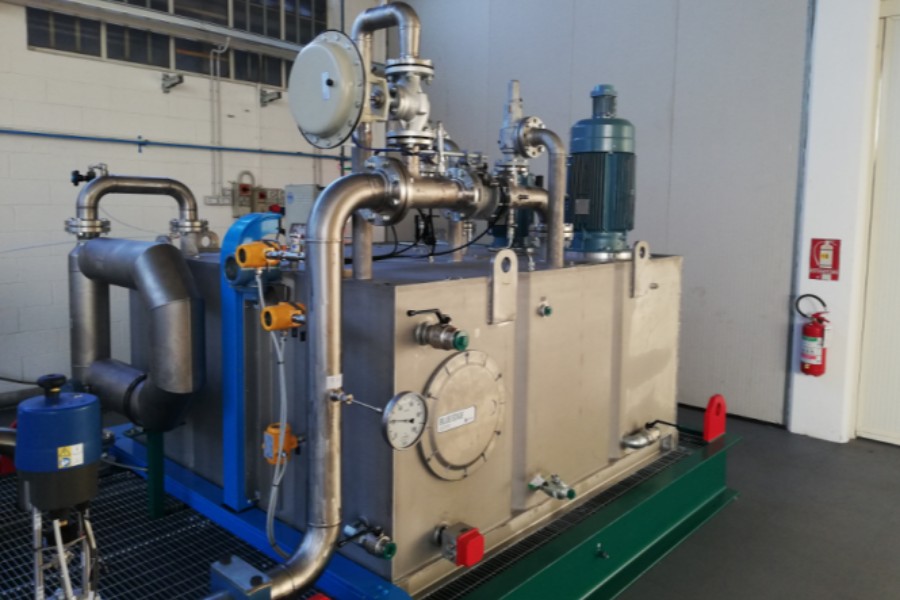
Figure 1 – LUBE OIL – blue edge test bench at R&D Department of Filters SpA (Scalenghe – Torino – Italy)
In the field of industrial filtration one of the critical points is the pressure drop (i.e. Dp is usually expressed in mbar) at filters items. An high Dp means an higher energy consumption and as consequence an higher cost.
In general Filter is composed by an housing (i.e. steel vessel) and one or more cartridges, capable to carry out the separation of the species, make with different filtration media. There are two contribution to the total Dp: DpV due to vessel and piping, and DpC due to the flow through the cartridges. It is important to know the two contributions separately for a correct design, in order to propose new technical solutions having an higher efficiency.
Filters R&D team built a new model to estimate this pressure drop and validated it thanks to the new LUBE Oil test bench (called Blue Edge at scale 1:1). Researchers extrapolated data about pressure drop of a filter hosting three Filters pleated cartridges [type F – hydraulic filtration] at different flow rate and oil viscosity.
Results
The model built describes the phenomena of the pressure drop through a porous layer at steady state conditions and it is capable to evaluate the Dp at clean cartridges conditions. The novelty lies in considering the pleats geometry and rugosity of the media, together with the microflows at pleats level. Calculating the permeability of the media from Air Permeability provided by our supplier, the output of the model showed a very good fit with experimental data (figure 2 and 3).

Figure 2 – In this picture the comparison among experimental data and curves obtained from mathematical model. Oil viscosity was different an equal to 85, 46 and 38 cSt at three different temperatures, respectively equal to 24°C, 37°C and 40°C
 Figure 3 – In this picture the comparison among experimental data and curves obtained from mathematical model. Oil viscosity was different an equal to 100, 46, 38 and 31 cSt at three different temperatures, respectively equal to 22°C, 24°C, 37°C and 40°C.
Figure 3 – In this picture the comparison among experimental data and curves obtained from mathematical model. Oil viscosity was different an equal to 100, 46, 38 and 31 cSt at three different temperatures, respectively equal to 22°C, 24°C, 37°C and 40°C.
The LUBE OIL test bench – Blue Edge, will give the possibility to test many other different configurations and R&D team is working to improve the items of the company, to study new solutions, testing new cartridges and new materials. Our model permits to design our filters with a higher level of accuracy (i.e. numbers supported by evidence). We are at disposal to conduct test for scientists and engineers that want to deep aspect of filtration on a LUBE OIL.